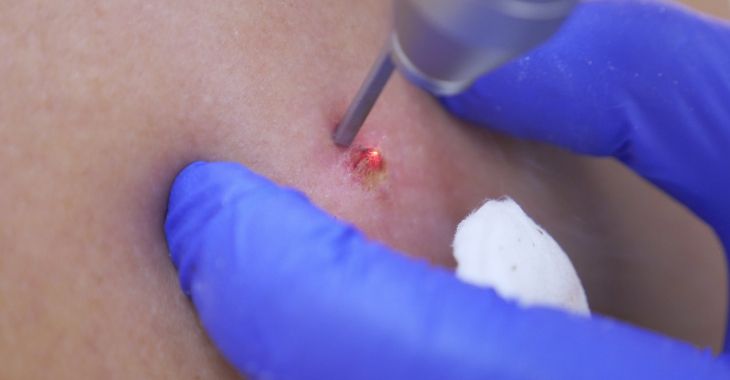Treatments for Vascular Tumors

Vascular tumors are malformations of abnormal cells from blood or lymph vessels. They can appear anywhere on the body and can be benign or malignant. Treatments and management of vascular tumors can very from medications to complex surgery, depending in the type and dangers of the tumor.
Medications for Vascular Tumors
There are effective medications that can manage and shrink many types of vascular tumors. Most commonly, beta-blockers are used to manage tumor growth. These can be used through IV, orally or topically, depending on the patient and type of tumor.
Laser Therapy
Laser therapy can be used to destroy tumor tissue or blood vessels feeding the tumor. Laser therapy can also reduce the appearance of some benign vascular tumors for cosmetic purposes.
Surgical Removal
Some vascular tumors may need surgical removal. Excision, laser, curettage and hepatectomy are some of the types of surgery used to remove tumors that pose a health risk or are causing other problems for the patient.
Embolization or Sclerotherapy
Some benign vascular tumors can be treated with embolization, which blocks the blood vessels feeding the tumor, usually located on the liver. Sclerotherapy uses a similar process, using a saline solution to destroy blood vessels feeding a vascular tumor.
Chemotherapy
Some vascular tumors may require chemotherapy to remove. There are different types of chemotherapy that can be used to treat tumors including systemic, which is used orally or through an IV. Chemotherapy can also be delivered topically for some vascular tumors.
Vascular tumors vary in types and risks. Many are benign but may need treatment to retard growth or reduce the affect on organs or appearance. Treatments are performed by vascular birthmark or tumor specialist.
Posted on behalf of:
The Vascular Birthmark Center Los Angeles
435 N. Bedford Drive, Suite 203
Beverly Hills, CA 90210
(610)301-4522
The information provided on this website, including text, graphics, images, and other materials, is intended solely for informational purposes and should not be used as a substitute for professional medical advice, diagnosis, or treatment.



)